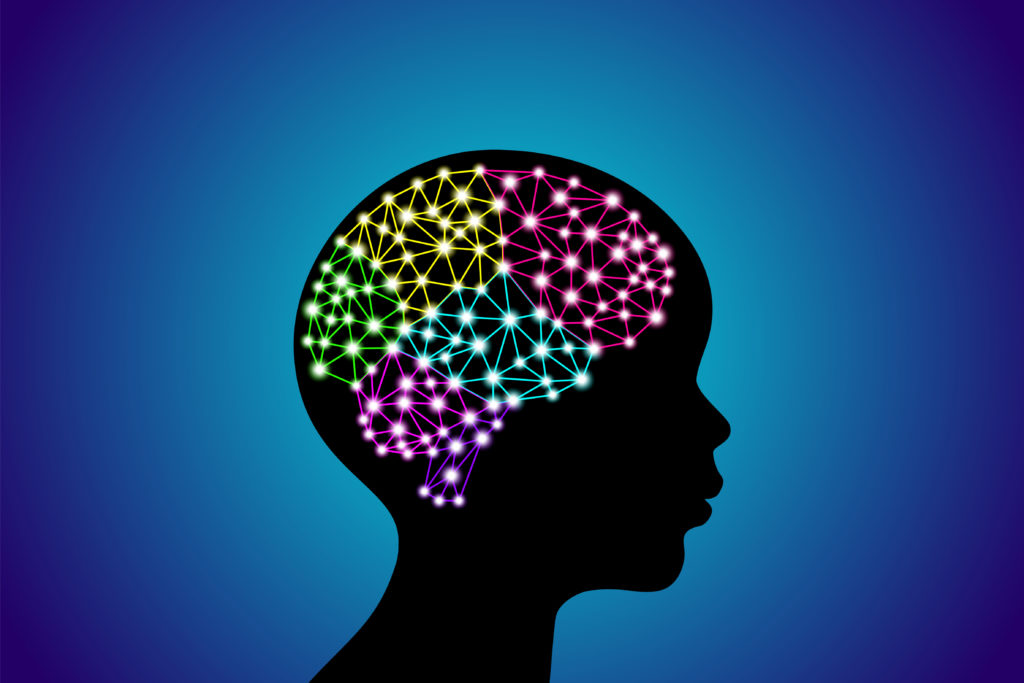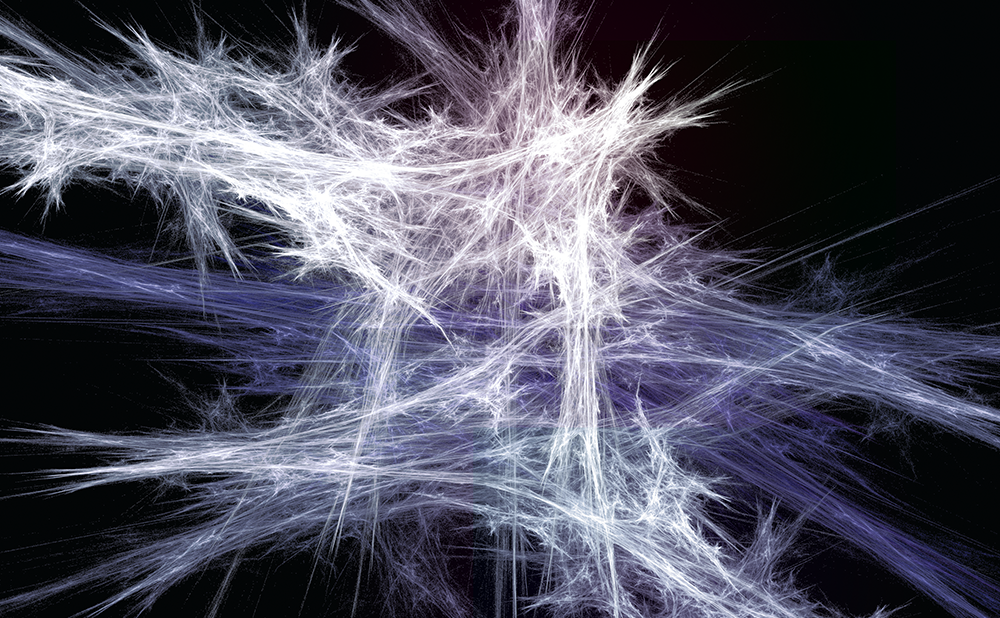Childhood epilepsy poses unique challenges to the treating physician. First of all, and more than in adults, epilepsy should be considered as a symptom of an underlying brain dysfunction and a thorough diagnostic work-up has to be done in many children presenting with epileptic seizures. This includes detailed neuro-imaging, genetic and tailored metabolic work-up. Not uncommonly, this diagnostic work-up, together with the uncertainty about seizure type, delays the exact epileptic syndrome diagnosis. Second, adequate treatment has to be considered.
Childhood epilepsy poses unique challenges to the treating physician. First of all, and more than in adults, epilepsy should be considered as a symptom of an underlying brain dysfunction and a thorough diagnostic work-up has to be done in many children presenting with epileptic seizures. This includes detailed neuro-imaging, genetic and tailored metabolic work-up. Not uncommonly, this diagnostic work-up, together with the uncertainty about seizure type, delays the exact epileptic syndrome diagnosis. Second, adequate treatment has to be considered.
Only in a few situations is the best choice not to start treatment. For instance, in benign rolandic epilepsy with only nightly, partial seizures without secondary generalisation, it can be discussed with the parents not to initiate anti-epileptic medication.1 However, for more than 90% of the children with proven epilepsy, preventive treatment has to be started and in the large majority, first-line treatment equals anti-epileptic drugs (AEDs). In some cases, such as hemimegalencephaly or Sturge-Weber syndrome with status epilepticus and acquired hemiparesis, early referral for epilepsy surgery is advised,2 but still in these cases AEDs are necessary during the pre-surgical work-up.
A first issue is what to expect from treatment with AEDs. The most important and obvious outcome parameter is a total prevention of future seizures or a 100% seizure reduction. A frustration in epilepsy is that full seizure control cannot be predicted in most children. In this respect, the golden-standard randomised controlled registration trials or even the international guidelines, as valuable as they might be,3-7 are of little value in a particular child with seizures. They are useful tools in a rather statistical discussion with the parents.
It can only be estimated that in a particular epileptic syndrome x, treatment with drug y gives a chance of z% that the child will become seizure-free.8 However, the problem is that the delineation of the syndrome is not always possible at the onset of the seizures. Who can predict that a four-year-old normal child presenting with two tonic-clonic seizures will develop the devastating Lennox Gastaut syndrome? Who can predict that a nine-month-old normal developing infant presenting with a first period of long-lasting febrile seizures will eventually be diagnosed with severe myoclonic epilepsy of infancy? In the latter case, electroencephalogram (EEG) studies can remain normal for another year before slowing and interictal epileptic activity is seen.
Another problem to face is that there is a large variety of AEDs that can indeed prevent seizures, but they do not stop or fundamentally influence the ongoing epileptogenic process in the brain.9 In clinical practice on the other hand, an earlier start of effective AEDs does have a positive influence on seizure frequency and also on the other crucial outcome parameter in childhood epilepsy: the preservation of a normal cognitive development. It was shown that early control of idiopathic seizures in infants with an onset before the age of one year is a crucial protector of cognitive development.10 In other words, although it is realised that the epileptogenic process cannot be stopped, full control of the seizures is an important and in many cases the only way to prevent cognitive problems in many children with epilepsy.
The question now is how to make an adequate choice in the more than 15 available AEDs? The academic answer is that this decision should be based on the epileptic syndrome: the nature of the epileptic syndrome determines the treatment and prognosis. However, this is where the problem starts. At the moment, there is no short list of the optimal drug per epileptic syndrome. This is not surprising because in many epileptic syndromes the underlying cause is not yet known. For instance, in infantile spasms, and especially when these are associated with tuberous sclerosis, vigabatrine often gives a dramatic and immediate cessation of the seizures.11 However, it is not understood why exactly this increase of inhibition caused by increased brain gamma-aminobutyric acid (GABA) concentration is particularly favourable in this very specific situation. Or take the spectrum of benign partial epilepsy, with epilepsy types ranging from infrequent benign rolandic seizures at night to frequent seizures and continuous spike wave discharges during the night and consequently cognitive deterioration. It seems difficult to prescribe the optimal AED that would cover this full spectrum of phenotypic variations of a presumably unique genotype.
Even in the epileptic syndromes with a known (genetic) background, there is no obvious link with treatment. In autosomal dominant nocturnal frontal lobe epilepsy, different mutations in the acetylcholine receptor have been described, but at the moment this has no everyday implications in the choice of an optimal AED.12 The expanding world of sodium channel mutations in generalised epilepsies has not changed prescribing habits fundamentally, although clinical experience indicates that AEDs with a major influence on the sodium channel (such as carbamazepine) might aggravate the epilepsy in some children.13
So, what could be a practical approach to select the best AED for a child with epilepsy? Firstly it is not always easy to characterise the seizure type in a child. Especially in very young children, seizure characterisation is difficult and sometimes ictal (video) EEGs are necessary to confirm the exact nature. The introduction of the notion of ‘dialeptic seizures’ illustrates the fact that the clinical differentiation between typical absences and hypomotor complex partial seizures is difficult in young children.14 Nowadays, more and more drug studies in infants with epilepsy require prolonged video EEG to verify that the seizures are partial or generalised. Secondly, seizure type can change during the course of the epileptic disease. Typical absence seizures in a six-year-old child can disappear after a few years and later myoclonic jerks can arise in the same child. Long-lasting and apparently generalised febrile seizures can be followed after a couple of years by typical complex mesio-temporal seizures. Thirdly, different seizure types can occur in a child at a certain time in the disease process. For instance, in a young adolescent with Lennox Gastaut syndrome, both partial and different generalised seizures can be seen.
Therefore, at the moment, it seems most straightforward to use those AEDs that are effective against the most common seizure types in childhood epilepsy. The other condition is that these drugs are safe: they should have minimal side effects and should especially be safe for cognition and behaviour. However, perhaps of equal importance is the fact that they should not exacerbate seizures when incorrectly used. Taking all these conditions together it is clear that the optimal broad spectrum drug does not exist yet.
What is known about the broad-spectrum profile of the available major AEDs? In the older category, valproic acid seems to be the AED with the broadest spectrum. This is mainly based on long-lasting clinical experience and not on rigorous (registration) studies.15 Actually, valproic acid is a logical first-line drug in many childhood epilepsy syndromes. Strict contra-indications are well known: possible metabolic diseases with liver involvement and very young age are indeed risk factors. Weight gain and behavioural problems are common and are possible reasons for changing to another medication.
Valproic acid also exists in intravenous form, which makes it suitable for children in whom oral medication has to be stopped temporarily for diagnostic or surgical interventions. It also becomes a drug that can be used for status epilepticus although studies in young children are not available yet.16
Carbamazepine and the newer but related oxcarbazepine are very effective medications for partial epilepsies, but have a much more restricted spectrum. For many physicians, it remains the first choice in the common benign rolandic epilepsy. This should not be taken as a world standard: in German-speaking countries sulthiame is the definitive first choice for rolandic epilepsy.17 It is known that carbamazepine and oxcarbazepine can aggravate generalised seizures or even induce generalised seizures.18 Carbamazepine or oxcarbazepine should therefore not be used for absence epilepsy and other primary generalised epilepsies. In cases where seizure typing is a problem, these two drugs are not the best to start with.
In the category of the so-called newer AEDs, three drugs fulfil the criteria of broad-spectrum to some extent: lamotrigine, topiramate and levetiracetam. Lamotrigine has already been available for a long time and is indeed effective in many epileptic seizure types and syndromes.
In the guidelines of the American Academy of Neurology, published in 2004, lamotrigine was the only new AED that received an A/B recommendation for use in absence epilepsy, based on the available literature at that time.3 The only disadvantage of lamotrigine is that it can induce or worsen myoclonic seizures, although this possible side effect should not be overestimated.19 Its user-friendliness is somewhat limited because of its important interactions with valproic acid. Careful and slow titration is necessary; it is not unusual to reach optimal dosages only after eight weeks.
Topiramate is a very potent AED that has been studied extensively, also in childhood epilepsy. In the registration trials, it was shown to be effective in all seizure types. For instance, in the Lennox Gastaut trial, add-on topiramate not only significantly reduced the total seizure frequency, but also the frequency of the different seizure types that occur in that syndrome: generalised tonic-clonic, atypical absences, myoclonic and atonic seizures.20,21 It is also one of the few drugs that can be used in refractory infantile spasms, as was shown in the early studies of Glauser et al.22,23
A possible drawback is the cognitive side effect profile of this drug. In contrast to all other AEDs that can have a negative influence on attention and working memory,24 topiramate can also influence a more specific cognitive process, namely language and more specifically word-finding. The nature of this specific side effect has not been elucidated yet, but it should be stressed that with the more recent guidelines, using lower maintenance dosages of topiramate in monotherapy, this side effect is not as frequent.25 In this respect, topiramate becomes a true first-line broad spectrum AED.
Levetiracetam was introduced about five years ago in most countries and is increasingly being used in childhood epilepsy.26 It is known as a very well tolerated drug with few side effects, and also as an AED that can be introduced relatively rapidly without major drug interactions. Clinical experience, however, has shown that this drug can also cause side effects, especially behavioural side effects. This seems to be linked to pre-existing behavioural or mental problems.27,28
Other side effects are indeed rare and transient. At the efficacy level, levetiracetam is effective both in partial and generalised epilepsies. However, its efficacy in absence seizures has not yet been established. Levetiracetam, as well as topiramate, was shown to be effective in one of the most frequent generalised epilepsy syndromes in adolescence and adulthood, namely juvenile myoclonic epilepsy.29,30
In summary, only a few drugs can be called ‘broad spectrum’ AEDs and can be used as first-line drugs in a child presenting with epilepsy: valproic acid, lamotrigine, topiramate and levetiracetam. The side effect profiles, especially the effect on cognition and behaviour, become discriminating factors in the choice of the optimal drug. This broad-spectrum view of AEDs should not be understood as the easy way to treatment of childhood epilepsy. Diagnosing the correct epilepsy syndrome remains crucial for diagnostic guidance and prognostic purposes. The point is that safe treatment can be started in the majority of the children with epilepsy during diagnostic workup, after which treatment can be tailored according the diagnostic, clinical background and the correct epilepsy syndrome. ■












